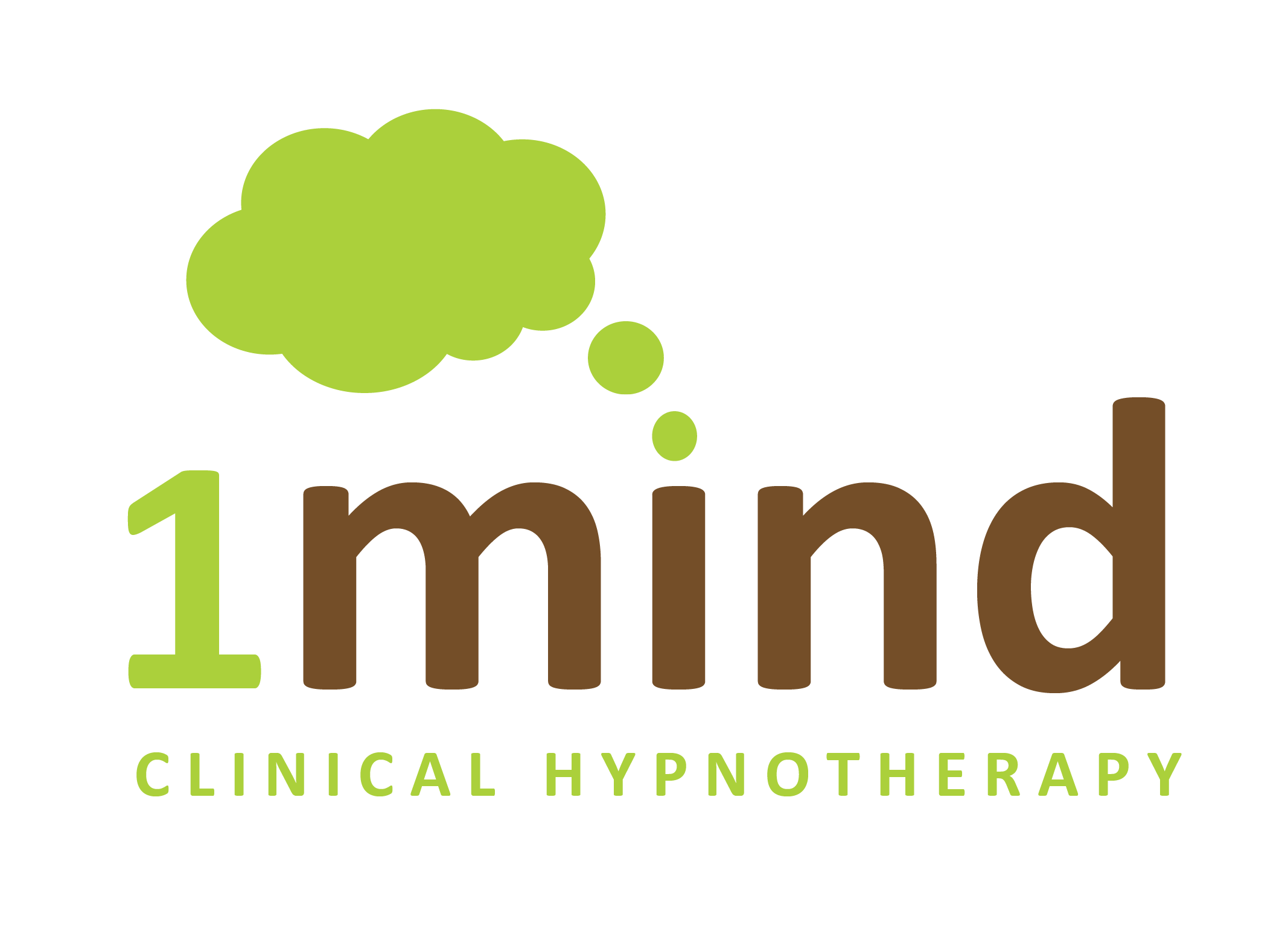
The comprehensive international picture of the mental health of children or adolescents aged 5 to 17 years shows a growing prevalence of mental health problems, with an ever-increasing impact of those problems on families, parents, carers and young people themselves and the role of health and education services in providing assistance.
The rates for depression, self-harm and thoughts about suicide in teenagers are particularly worrying, with approximately one in ten indicating that they have engaged in self-harming behaviour. Three quarters did so in the previous 12 months.
For teenage girls aged 16-17 years, nearly one in five were found to meet the clinical criteria for depression. Around one quarter of teenage girls in the 16-17 year age range reported deliberately injuring themselves at some point in their lives.
The rates for depression in 11-17 year old’s were found to be higher when young people provided information themselves rather than when their parents and carers did so.
One third of 11-17 year-olds report they have been bullied, and those who went on to develop behaviour disorders further reported they were then bullied more often. Young people with major depressive disorders were roughly twice as likely to then bully someone else. And so the negative cycle goes on.
This is an important signal to all parents who are faced with the challenging task of helping children navigate the transition from childhood to adulthood.
The very good news is that EMDR is a highly effective treatment and parents who want to take more responsibility for their children because they have perhaps been let down by local mental health services now can in the safety of their own home.
By making EMDR available for home use we have responsibly taken away the reliance on physicians and demystified the treatment right here for you, to learn in very simple quick easy steps, giving the power back to the everyday people, to help change how people around the world treat mental health at home and in their communities.
It doesn’t necessarily remove the need or role of therapists in the treatment of complex anxiety and complex associated disorders, but for those who cannot afford such help or have little or no access to EMDR, this simple book can change and even save lives where there is no access to EMDR.


